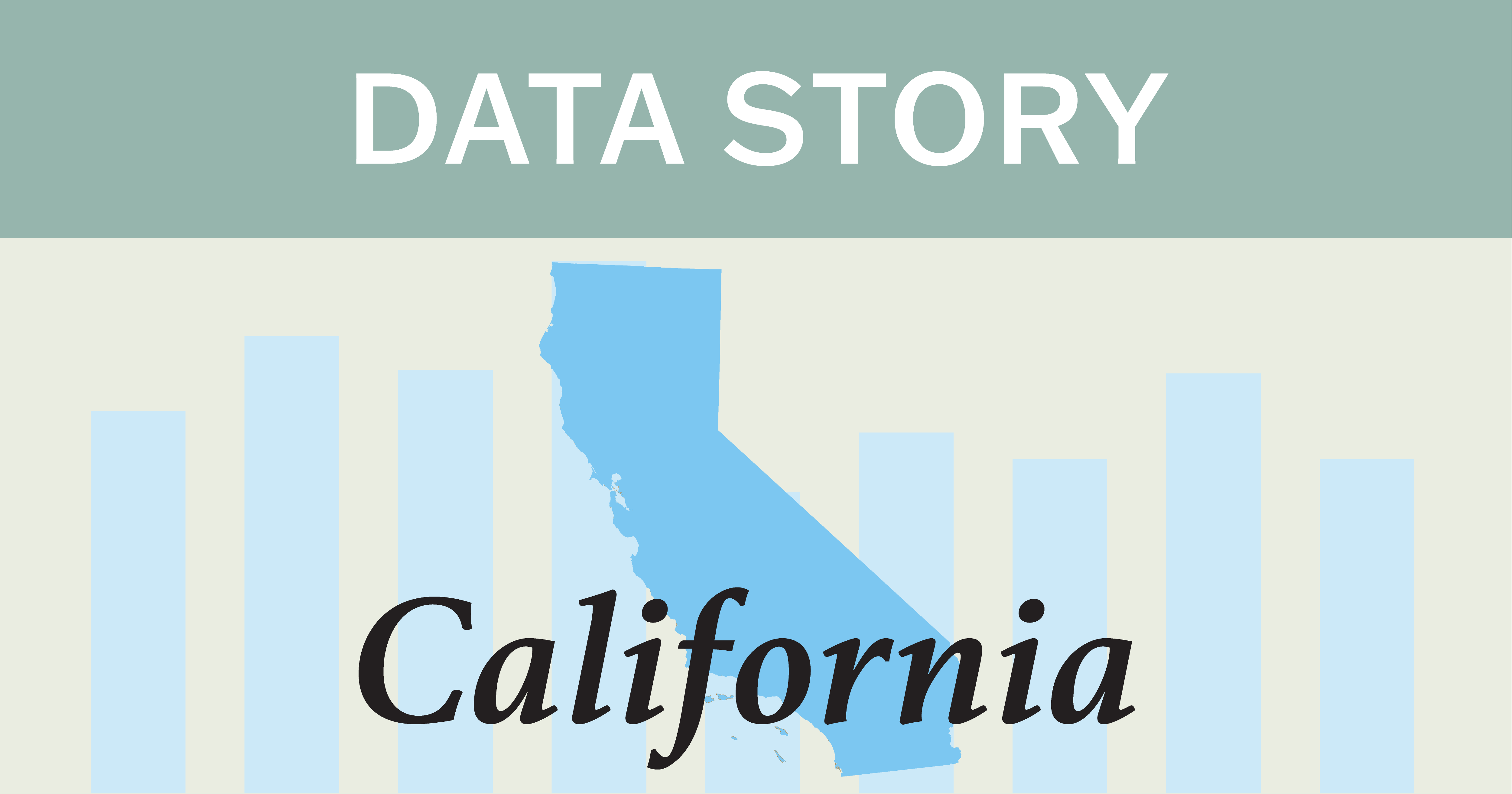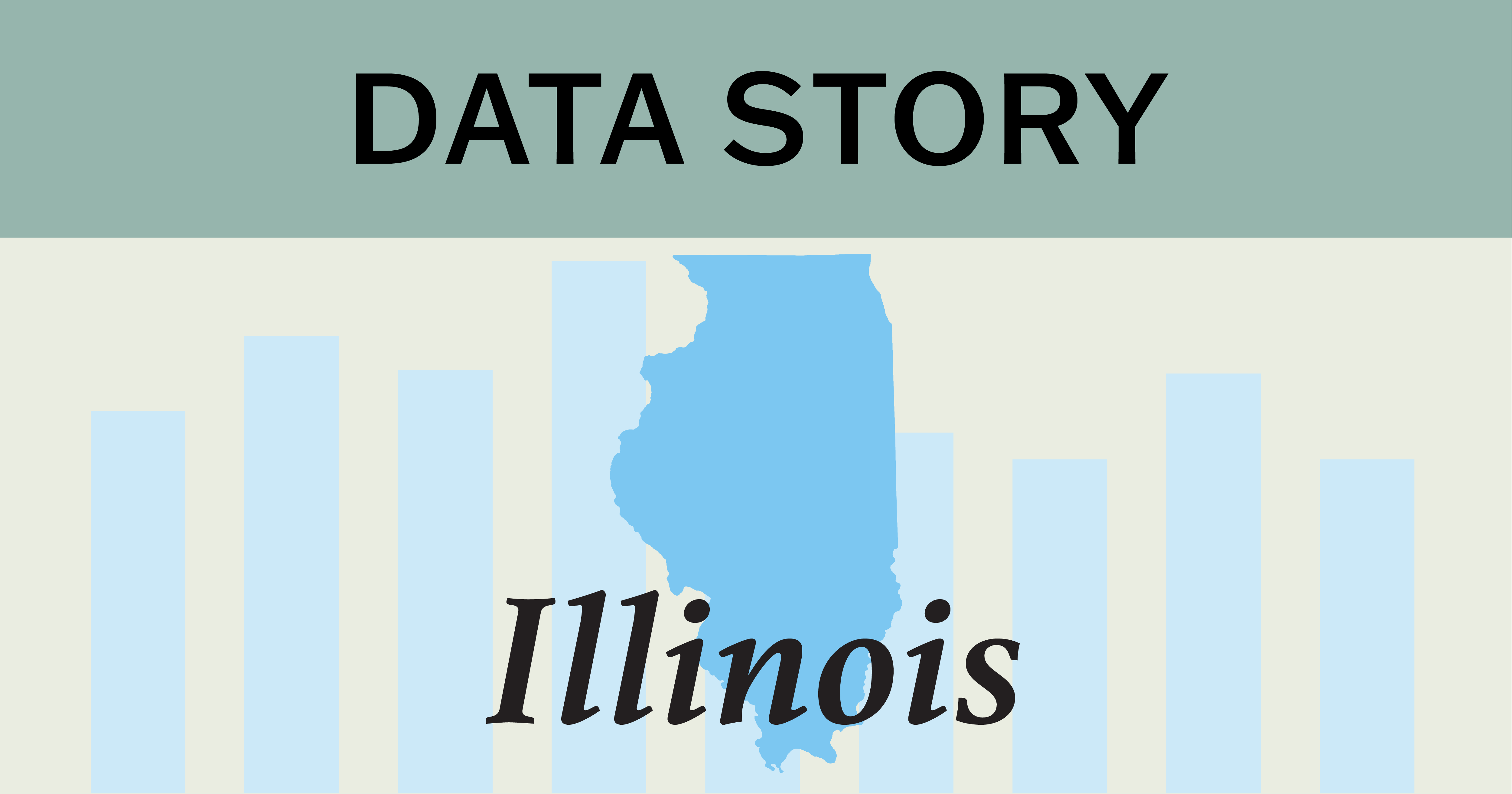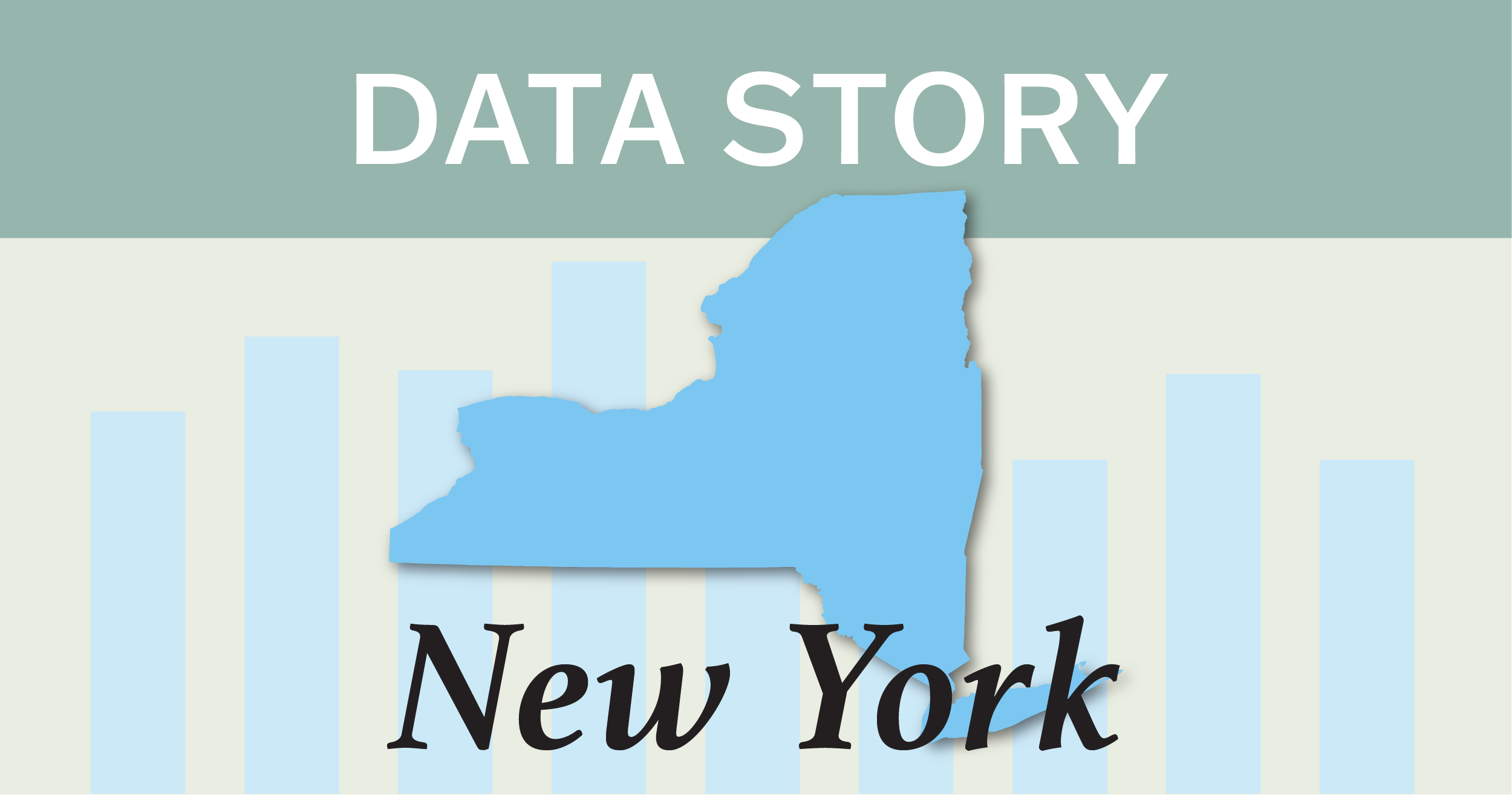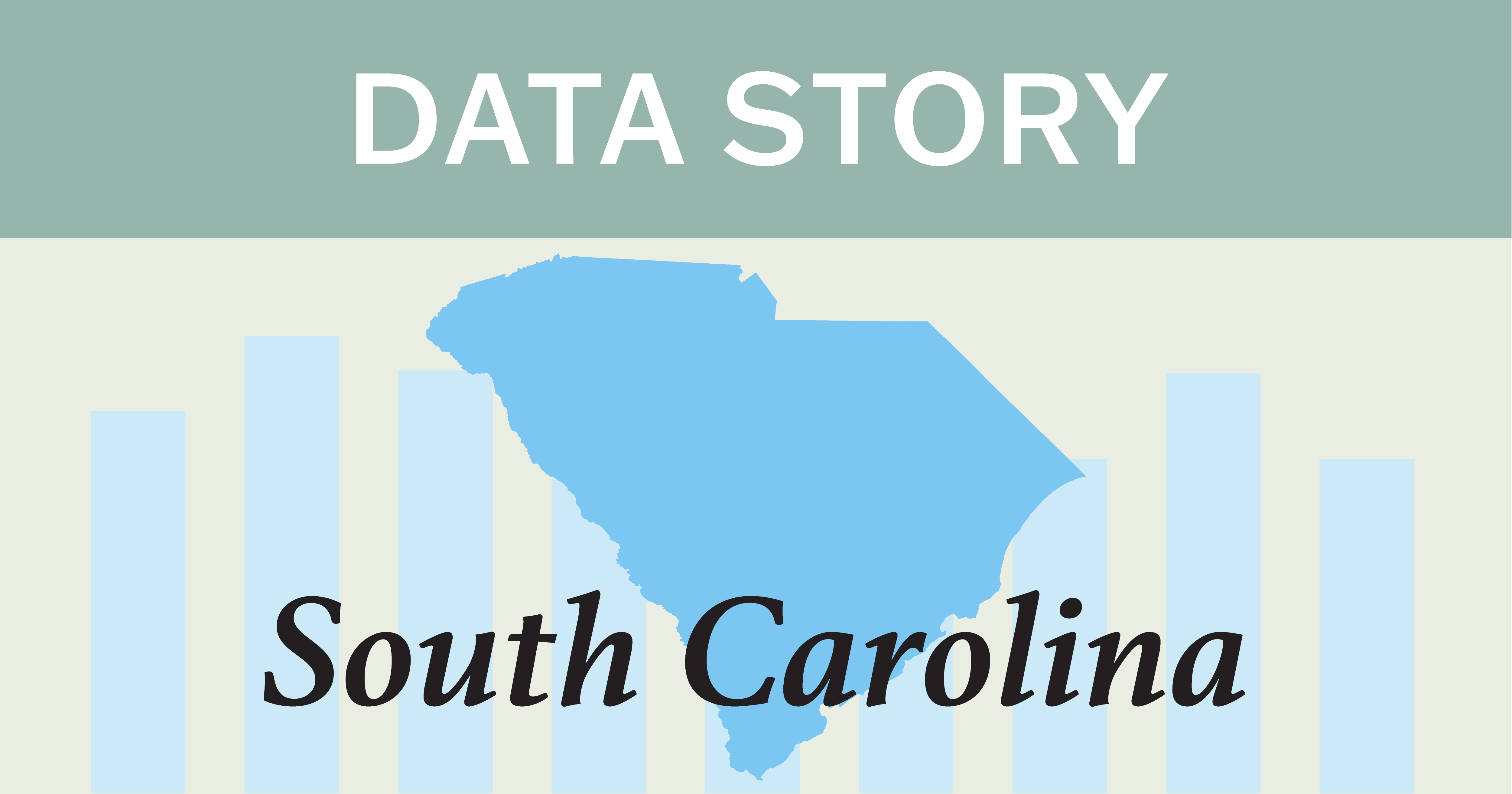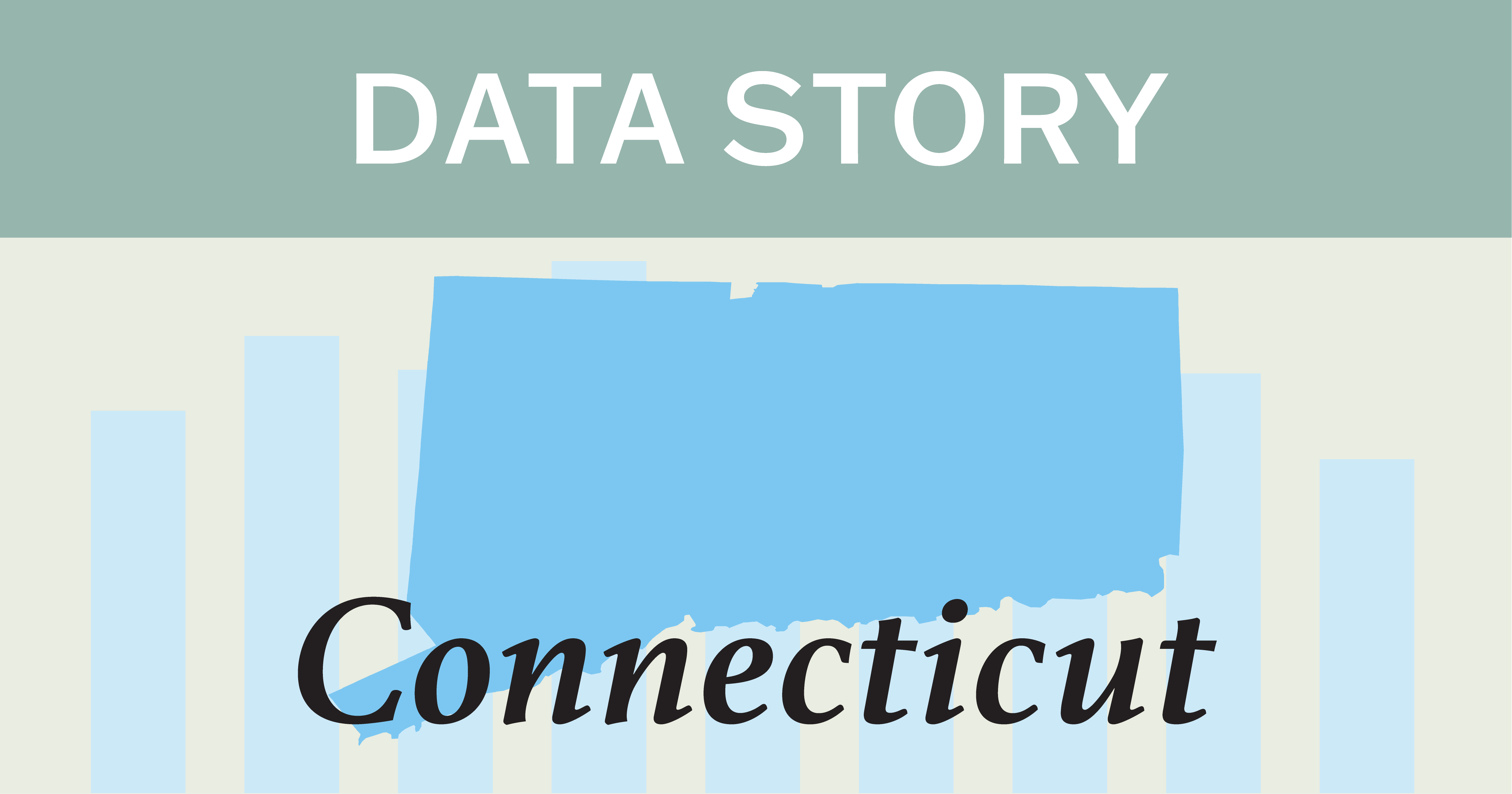Posted in: Aha! Blog > Wit & Wisdom Blog > Data Stories knowledge building Student Achievement > Principal Values Wit & Wisdom® as Part of Her School's Approach to Addressing Racism
Under the leadership of principal Julissa Lambert-Yank, Acorn Woodland Elementary School in Oakland, California is using the Wit & Wisdom® English language arts curriculum as an important part of an antiracist approach to education. With the help of Wit & Wisdom, all students will have access to rigorous texts and making sure that teachers are prepared to make the content accessible to all students.
SCHOOL PROFILE
300 students
88% Hispanic
8% Black
2% White
2% Other
92% Low income
Began implementing Wit & Wisdom in School Year 2018 –2019
She appreciates that Wit & Wisdom is a knowledge-rich curriculum that offers diverse perspectives and teaches students to dig deeply into big ideas and become more analytical, which in turn will help them identify, confront, and combat racism when they encounter it. She wants her students to develop resilience, to feel powerful, and to acquire the knowledge they need to be “prepared to attack and interrupt racial disparity.”
“If I want my students to fight systemic racism, then I want them to have the forethought to use the knowledge they gain in school against [it],” she says.
Impressive Early Results
The 2020–2021 school year marks the third year Acorn Woodland has used Wit & Wisdom. Scores on California state tests are up, especially in Grade 3, where the percentage of students scoring proficient or above soared more than 30 percentage points higher in school year 2018–2019 than they were in 2017–2018, according to Lambert-Yank.

The state did not administer the state test for the 2019–2020 school year because of the pandemic, but the school did administer its benchmark Reading Inventory tests, and scores for those have increased in all grades since 2017. Further, most students experienced very little learning loss last summer, she says. “The only thing that I can attribute it to is the fact that they have experience with complex text, they know that they have to grapple, they know that they have to work hard when reading, that they have to engage in the work that is required of them,” Lambert-Yank says—all strengths developed through their use of Wit & Wisdom.
Rich, Rigorous, and Diverse Texts
“A desire to comprehensively address grade-level standards and provide all students with complex texts is what initially drew Lambert-Yank and the school’s previous principal to Wit & Wisdom in school year 2018–2019. The prior curriculum used leveled texts, and she worried that it was too restrictive, that it prevented students from stretching their reading skills and pursuing knowledge through natural curiosity.
“With the old curriculum, I was never sure when we’d get to the wide and extensive reading that was always promised,” Lambert-Yank says. With Wit & Wisdom, there’s no waiting, no limitation. All students read the same fascinating texts from the moment they begin the curriculum, which promotes equity in the classroom and a feeling of self-worth in students.
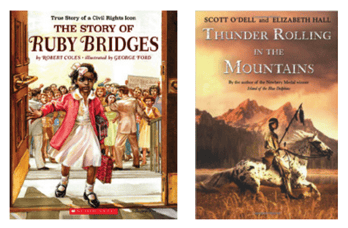
Lambert-Yank loves the richness and diversity of Wit & Wisdom, with module topics such as Civil Rights Heroes in Grade 2 and texts like Thunder Rolling in the Mountains, featuring Native American voices, in the Grade 5 module Cultures in Conflict. (Note: This Achieve the Core/TNTP blog discusses what a Wit & Wisdom classroom looks like.)
The Phantom Tollbooth, another Grade 5 novel, helped teach her students how to tell jokes. The fantasy adventure uses wordplay to explore a love of learning. “The first year, the book was over their heads. I don’t think that the teacher knew exactly how to teach it. And then last year, kids were constantly coming up to me and telling me jokes or doing a play on words,” Lambert-Yank says. “That is actually a really high-level English proficiency skill. That’s something that a lot of English language learners have difficulty with because it’s the nuance of the language.”
"With the old curriculum, I was never sure when we'd get to the wide and extensive reading that was always promised. With Wit & Wisdom, it's obvious."
—Julissa Lambert-Yank, principal
Refocusing Professional Development
But a great curriculum alone is not enough, Lambert-Yank has found. Her teachers need additional support in scaffolding the lessons to ensure that they are relevant to students. Having a rigorous, standards-based curriculum like Wit & Wisdom allows her to focus on improving teachers’ skills and student engagement.
“How do we engage the students who are the most marginalized in our classrooms? Everything that we’re doing has the antiracist lens on it,” she says. “The institution of education has failed them time and time again, and I feel like we need to make sure that they see themselves in the curriculum.”
The curriculum’s topics—from sharks to space—spark students’ natural curiosity, Lambert-Yank says. But her observations in 2020, and those of her staff and the Great Minds® coaches who provided professional development to Acorn Woodland teachers, convinced her that teachers needed more explicit support to better engage students.
“In order for them to be engaged, they need to be able to understand what we’re talking to them about, what we’re wanting them to learn. It needs to be kid friendly. It needs to apply to their own lives,” she says. For example, she says that students enjoy debating the ways in which culture influences people’s beliefs and values. The professional development helps teachers use the materials more effectively.
In year one of implementation, Wit & Wisdom professional development experts helped introduce the curriculum, including delivering a session on teaching writing. In year two, two Wit & Wisdom coaches joined in classroom observations. This year, teachers are working in their professional learning communities to more thoroughly dissect the learning goals for each module, carefully assess what scaffolding supports their particular students will need, deliver the lessons, and then review as a group the recorded videotape of their instruction.
The work is all part of the school’s ongoing commitment to provide the highest quality education possible to its diverse students—confronting racism through daily instruction.
Additional Resources
Looking for further resources to help students achieve greatness in the classroom? The following two articles provide additional tips for scaffolding instruction.
- Adrienne Williams, the curriculum manager for Center City Public Schools in Washington, DC, writes about how to appropriately scaffold in an elementary classroom.
- Carey Swanson, a senior literacy specialist at Student Achievement Partners, writes about how to scaffold while maintaining grade-level expectations.
Submit the Form to Print

Jenny Taylor
Jenny has over a decade of experience in education policy and research. She has worked with states and districts on the development and implementation of college and career readiness policies, especially around the implementation of rigorous standards and high-quality instructional materials. She has extensive knowledge about K–12 standards, graduation requirements, assessments, and accountability systems nationwide. Additionally, she has conducted research for school districts to address pressing needs in those districts. Jenny received her B.A. in English and education from Bucknell University and her M.Ed. in education policy from the University of Pennsylvania Graduate School of Education.



